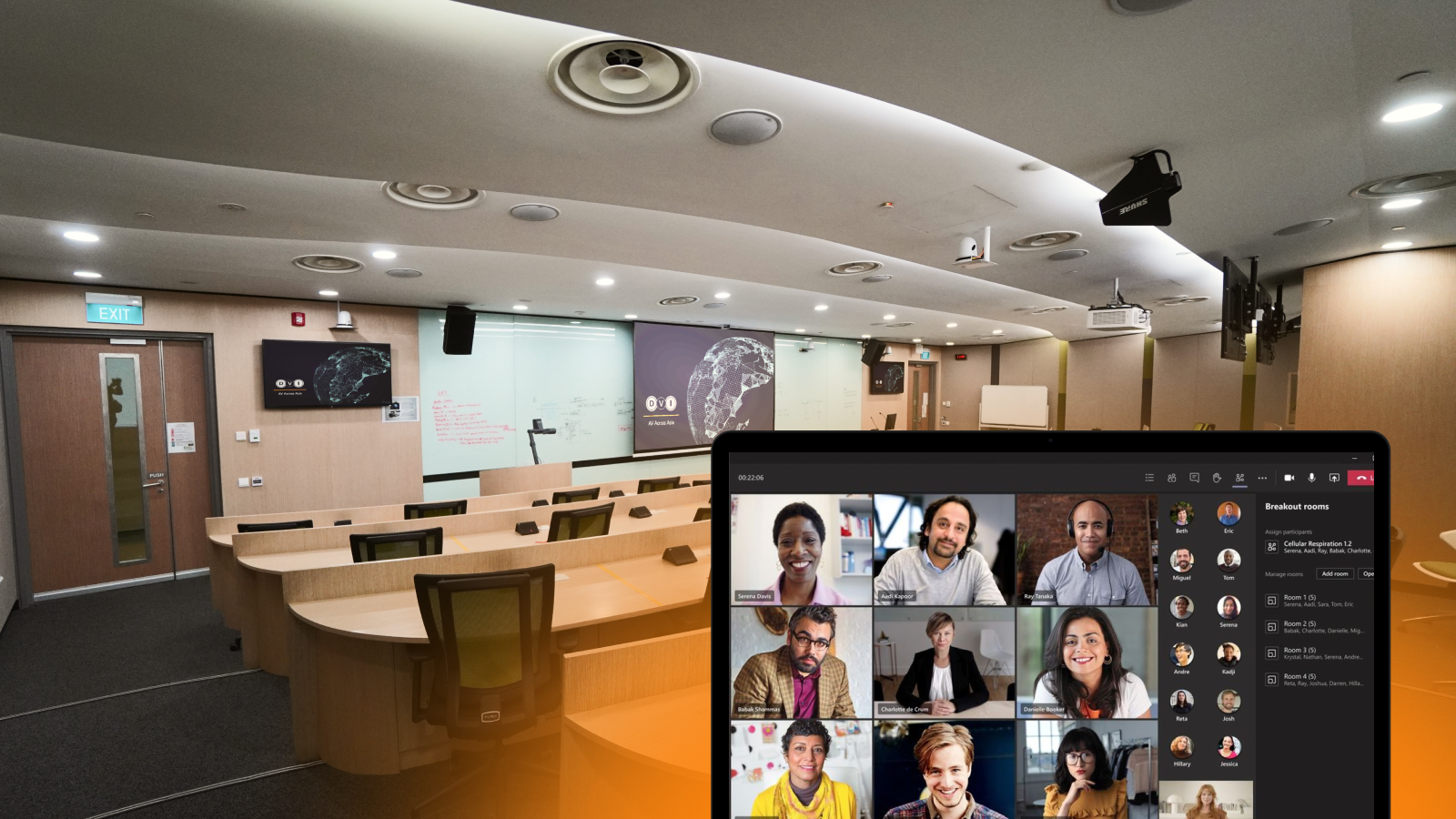Why Don’t More Companies Embrace Remote Work?

Remote work has moved from an experimental perk to a legitimate business strategy. The benefits are obvious: lower overhead, access to global talent, improved employee satisfaction. So why are so many companies still dragging their feet?
It turns out, the hesitation isn’t just about tools or logistics. It's about control, culture, and the challenge of reinventing how we work. Let’s break it down.
The Visibility Illusion
For decades, work meant showing up. Presence was the proxy for productivity. Furthermore, for managers, seeing employees at their desks meant things were getting done. With remote work, that illusion disappears.
Many leaders haven’t yet developed systems for outcome-based management. They struggle with tracking progress, giving real-time feedback, or even knowing if someone is online for the right reasons. However, companies that lean into this discomfort are discovering something interesting: when trust and clarity replace micromanagement, teams often perform better.
Communication Isn’t One-Size-Fits-All
In the office, communication is casual and constant. You can pop over for a quick question or grab five minutes after a meeting. Remotely, everything becomes more deliberate. That sounds good in theory, less disruption, more focus, but in practice, it can feel isolating and slow.
Miscommunication becomes easier, team bonds take more work, and without a strong documentation culture, decisions can get lost in team communication platform threads or buried in email chains. Companies that succeed remotely create rituals around communication: daily check-ins, weekly roundups, async updates, and space for non-work chatter.
Tech Gaps Slow Everything Down
You can’t support remote work without the right tech, yet many companies still rely on outdated systems or piecemeal solutions. A typical remote team needs:
- High-speed, reliable internet access
- Secure, cloud-based tools
- Hardware that supports video calls and collaboration
- Access to IT support from anywhere
The upfront investment can feel heavy, but the alternative is worse: frustrated employees, wasted time, and patchy productivity.
Security and Compliance Worries Are Real
When people work from anywhere, their data does too. This raises valid concerns about data privacy, unauthorized access, and phishing threats. Especially in regulated industries, remote work can feel like opening the door to risk.
However, modern security protocols can address these challenges. VPNs, multi-factor authentication, endpoint management, and cloud encryption are essentials. Therefore, with the right strategy, remote can be more secure than on-prem setups.
Remote Isn’t Free
Sure, you save on rent and utilities, but remote work comes with its own costs: collaboration tools, home office stipends, cybersecurity, training, and ongoing tech support.
Still, when you zoom out, the economics are compelling. A study from Global Workplace Analytics estimates companies can save over $11,000 per year for every employee who works remotely half the time. That’s not including gains in retention, productivity, or access to specialized talent.
The Culture Shift Takes Time
For many companies, the biggest barrier is cultural. Remote work challenges long-held ideas about accountability, engagement, and what it means to be a team. It asks leaders to rethink their role and employees to manage their time more independently.
The organizations that thrive in remote or hybrid models are those that invest in that shift: by aligning on values, setting expectations, training managers, and designing systems that support both autonomy and connection.

At DVI Solutions, we focus on enhancing the digital workplace through advanced collaboration solutions tailored to your business needs. Our customized AV systems are designed to bridge the gap between remote and in-office teams, making communication smoother, meetings more engaging, and collaboration more effective no matter where your employees are located. From scalable video conferencing tools to intuitive virtual workspaces, we help create an environment where remote work truly works.
Thinking about going remote or hybrid? Talk with one of our experts for a personalized consultation and roadmap.

Future Proofing Your Boardrooms: Designing for the New Executive Reality

How Video Conferencing Systems Are Transforming Hybrid Learning in Schools and Universities

